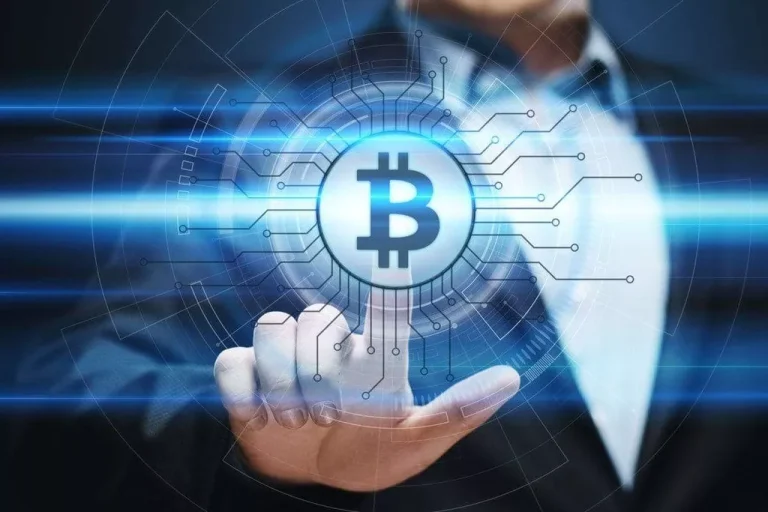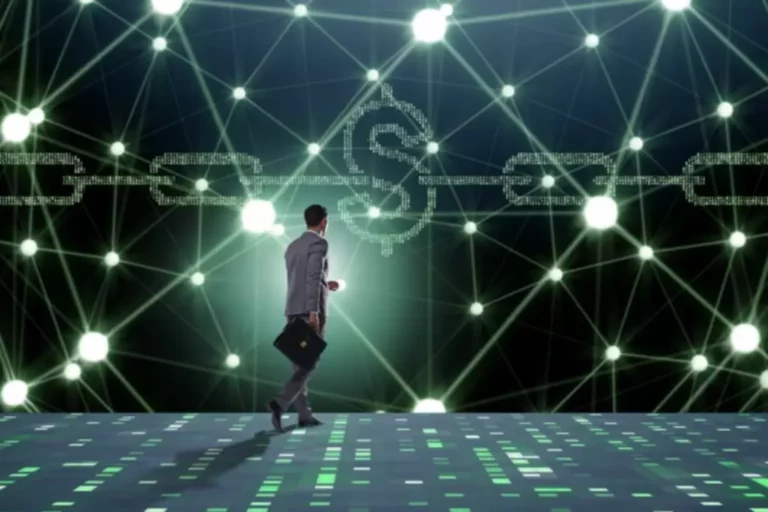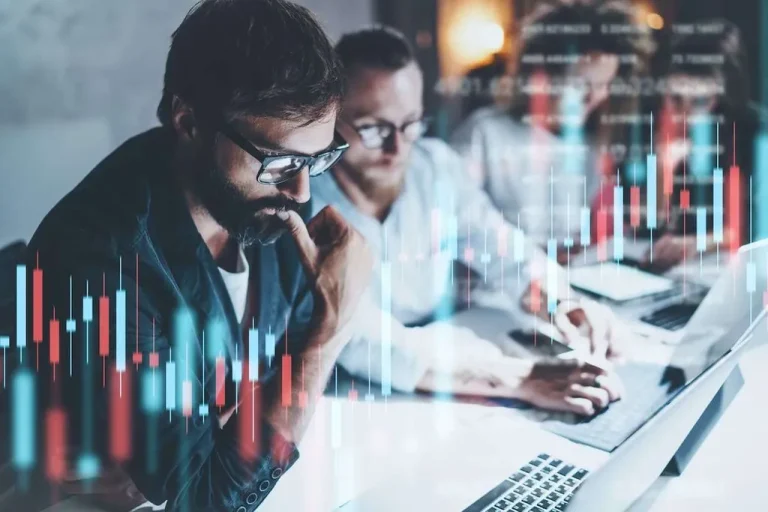Content
An increasing number of individuals are focusing on stable and enduring opportunities rather than pursuing immediate gains. This pattern has become especially noticeable since 2021, with a rise in interest in more secure asset types like RWA. Nevertheless, with the decrease in trading activity, the DeFi Total Value Locked dropped to $49.87 billion by real world assets crypto June 2022. Some DeFi protocols allowed for a liquidity leak due to a lack of real-world usage and ineffective tokenomics. Following its successful Token Generation Event (TGE) on December 4, 2024, TMAI tokens are now trading on Bitpanda, Gate.io, and MEXC, supported by Token Metrics’ global community of 500,000 crypto enthusiasts. Cultural works like books, music, and films represent a large market for tokenization.
Maximizing the RWA Tokenization Investment Trend
A consequence of such skepticism is that it takes that much more effort to establish trust and validity https://www.xcritical.com/ backing the assets, which could substantially affect token appeal. However, the promises that STOs would democratize investments, increase efficiency, and reduce costs were left largely unfulfilled. This is in part due to a lack of liquidity, no secondary trading options, and cumbersome regulations, which created an obscure atmosphere that eventually relegated STOs to an afterthought. As a lawyer with quite a few crypto battle scars, this is hardly an unfamiliar territory. Back in 2018, I acted on structuring a tokenized corporate bond and a sukuk (sharia-compliant corporate bond), advised on tokenization of various commodities and even an entire publicly listed operational diamond mine. However, the projects came to an abrupt halt, even though the initial sale of tokens was a success.
Benefits of Real World Asset Tokenization
Goldfinch, once a highly publicized project, allows issuing loans in cryptocurrency without collateral, as well as borrowing digital assets on credit. The unique model involves verifying the borrower’s creditworthiness by collectively assessing their capabilities by other network participants. The protocol expands access to real capital for people from all over the world. In a letter to shareholders, CEO Larry Fink wrote that asset tokenization offers the prospect of more efficient capital markets. On-chain real-world assets (RWAs) became popular Proof of stake thanks to their resource-efficiency, flexibility, customizability and transparency. Also, they are of paramount importance when it comes to verification procedures.
Step 3: Defining Token Specifications
- This focus on compliance is critical for gaining trust in the security token market.
- The art market benefits similarly from RWA tokenization, particularly through improving liquidity and transparency.
- Blockchain can provide a transparent system for registering and transferring IP rights, which helps reduce disputes and simplifies licensing processes.
- Their flagship product, OUSG, has opened doors for everyday investors to get a piece of the US Treasury market.
- RWAs are designed to tokenize and integrate real assets into the DeFi ecosystem.
In cryptocurrency, new tokens can be minted for a fraction of cent while transfers are charged with negligible commissions. Also, the storage of RWAs in crypto wallets is way cheaper than that with “real” Gold, Silver, let alone crude oil or agriculture production. As per CoinGecko, the segment of RWA tokens is valued over $19 billion, while the total addressable market (TAM) size for tokenization exceeds trillions of dollars. Tokenizing an asset and maintaining its record on a blockchain requires sophisticated technology and robust security measures to prevent fraud and ensure accuracy.
Avalanche’s unique architecture allows for efficient handling of different types of transactions and enhances the network’s overall performance. With this, fractional ownership of real-world assets could be implemented more efficiently on the platform. So, there you have it – a simple breakdown of how real-world assets are getting a digital makeover (you can learn more about it in this article). Owning a piece of a famous painting or a fraction of a commercial property used to be a far-off dream, but not anymore.
While there are challenges to navigate, the potential for innovation and growth is immense. So, whether you’re a seasoned crypto enthusiast or a curious newcomer, keeping an eye on RWAs is a smart move in this ever-evolving world of finance. The RWAs are tangible or intangible assets existing in the physical world with inherent value. On the other hand, DeFi represents a novel financial system built on blockchain technology, offering various financial services without traditional intermediaries like banks. RealT utilizes the Ethereum blockchain as its backend with smart contracts coming into play for automation of rental payouts and profit distribution.
The impact of real-world crypto assets extends beyond individual investors and asset owners. These assets have the potential to revolutionize the financial system by enhancing efficiency, promoting financial inclusion, and driving innovation. Beyond investors, asset owners also stand to benefit significantly from crypto real-world assets. Let’s examine how tokenization can unlock new opportunities and improve efficiency. But let’s face it, getting a piece of those big-ticket items can feel like chasing a unicorn.
Participants in crypto markets can add a mix of tangible real-world assets to create a robust portfolio. Tokenized real-world assets (RWAs) are blockchain-based digital tokens that represent physical and traditional financial assets, such as cash, commodities, equities, bonds, credit, artwork, and intellectual property. RWA tokenization revolutionizes the concept of asset ownership by transforming rights to real-world assets into digital tokens on a blockchain. This innovative process involves selecting an asset, such as real estate or stocks (collectively known as RWA real estate or RWA stocks), and establishing a robust legal framework to define ownership rights.
To power this system, they created the TRAC token, an ERC-20 token that fuels the OriginTrail network. This token is essential for verifying data, accessing information, and participating in the platform. By holding TRAC, users contribute to the network’s growth and can potentially earn rewards. Imagine every product, piece of art, or property having a digital twin with all its details securely stored on the blockchain – that’s what OriginTrail is working towards. They’ve built a platform called a Decentralized Knowledge Graph (DKG) that’s like a supercharged digital filing system that verifies and organizes information about real-world assets.
Launched in October 2021, Polymesh network promotes itself as the first-ever permissioned blockchain built specifically for regulated tokens, i.e., security RWAs. Polymesh allows clients to trade tokenized stocks like ordinary cryptocurrency assets. Since the inception of ERC-20 tokens and DeFi, tokenized real-world assets have remained a red-hot segment of Web3 development.
With RWAs, people can both invest in the assets that already exist in the physical world (like raw materials) and purchase the goods unimaginable in Web2 (1/1,000 share of an artwork, a tokenized piece of content and so on). Real-world assets (abbreviated as RWAs) represent tokenized (on-chain) avatars of various classes of goods or rights that exist outside blockchains. The predicted market value of tokenized real-world assets stands at five billion dollars. Institutions predict this value will undergo an exponential rise into the trillions of dollars within a decade. The initial hurdle for RWAs is the giant question mark in relation to the security laws. At this stage, the dedicated development team builds a smart contract that defines and governs the RWA tokenization conditions.
Following regulations is a big concern, as many RWAs are subject to local laws. Platforms need to navigate complex legal landscapes while ensuring they follow Know Your Customer (KYC) and Anti-Money Laundering (AML) requirements. Market volatility is another hurdle, especially for tokenized assets tied to fluctuating cryptocurrencies.
Significantly, BlackRock utilized JPMorgan’s Onyx blockchain and TCN to tokenize shares in a money market fund. This operation marked a pivotal point in tokenized RWA, with the tokenized shares being transferred to Barclays Bank as security in a derivatives exchange. JPMorgan’s previous endeavors in RWA tokenization include the Quorum blockchain platform, Onyx Digital Assets Platform, and JPM Coin, a digital currency for instant settlement. Once we have established what is tokenomics and how Brickken covers legality factor, the final step for asset tokenization to occur would be the launch of the token in Brickken’s platform. Once it goes live, anyone can sign up and join the platform to begin buying tokens and start earning passive income. In a few words, we have established that Brickken’s goal is to open new markets to the world through asset tokenization.



Leave A Comment